High Low Treatment Table
High Low Treatment Table Specification
- Design
- Other
- Origin
- India
- Regional Style
- Indian Style
- Usage
- Commercial
- Color
- White
- Dimension (L*W*H)
- 72*24*hight adjustable above Inch (in)
- Height
- 18 Inch (in)
- General Use
- Commercial Furniture
- Furniture Type
- Hospital Bed
- Material
- Iron
- Metals Type
- Wrought Iron
- Folded
- No
- Function
- Backrest
- Maximum Loading
- 210 Kilograms (kg)
- Feature
- Eco-Friendly, Water Resistance, Durable, Adjustable Height
High Low Treatment Table Trade Information
- Minimum Order Quantity
- 1 Unit
- Payment Terms
- Cash Against Delivery (CAD), Cash on Delivery (COD), Cash Advance (CA), Cash in Advance (CID)
- Supply Ability
- 10 Units Per Day
- Delivery Time
- 7 Days
- Main Domestic Market
- All India
About High Low Treatment Table
A high-low treatment table, also known as a Hi-Lo table or electric lift table, is a specialized medical examination and therapy table designed with an adjustable height mechanism. The "high-low" refers to its ability to be lowered to a very low height, often close to the floor, and then raised to a comfortable working height for the clinician.
These tables are commonly found in:
- Physical therapy and rehabilitation centers
- Chiropractic clinics
- Doctor's offices
- Hospitals
- Nursing homes
- Massage therapy practices
Key Features and Characteristics:
- Height Adjustment: This is the defining feature. High-low tables can be electrically or hydraulically adjusted (most commonly electric with foot or hand controls) to a wide range of heights. This allows patients to easily get on and off the table, and enables clinicians to work at an ergonomic height to prevent strain and fatigue.
- Section Mobility: Many high-low tables are multi-sectional, meaning different parts of the table (head, back, leg, and sometimes even a flexing center section) can be independently adjusted. This allows for precise patient positioning for various treatments, such as:
- Head section: Can be raised or lowered, sometimes with a face hole for prone (face down) treatments, and may offer flexion, traction, or lateral flexion.
- Backrest: Can be adjusted to allow patients to sit upright or in various reclined positions.
- Leg section: Can be raised or lowered to support the patient's legs.
- Elevating or flexing center section: Some advanced tables have a central section that can be raised or lowered to provide lumbar extension, flexion, or postural traction.
- Sturdy Construction: They are typically built with heavy-duty steel frames, ensuring stability and durability to support various patient weights, including bariatric models with higher weight capacities.
- Comfortable Padding: The tabletop usually features thick, firm-density foam padding covered with durable, easy-to-clean vinyl upholstery, often with seamless, rounded corners for hygiene and comfort.
- Mobility (Optional): Many models come with retractable casters (wheels) that can be engaged to easily move the table around a clinic or disengaged for stability during treatment.
- Controls: Height adjustment is typically managed by foot switches, hand controls, or sometimes a perimeter bar system, allowing the clinician to keep their hands free for patient care.
- Accessories: Common accessories include paper dispensers, side support rails, patient handgrips, and specialized headrests.
Benefits of High-Low Treatment Tables:
- Improved Patient Accessibility: The low minimum height makes it significantly easier and safer for patients with mobility issues, elderly patients, or those in wheelchairs to transfer onto and off the table, reducing the risk of falls.
- Enhanced Clinician Ergonomics: Therapists can adjust the table to their ideal working height, minimizing bending, reaching, and straining, which helps prevent musculoskeletal injuries and fatigue during treatments.
- Increased Treatment Versatility: Multi-sectional tables allow for a wider range of treatment positions, accommodating various therapies, examinations, and manipulations.
- Greater Patient Comfort: The ability to adjust the table to the patient's comfort level and specific needs helps patients relax and participate more effectively in their treatment.
- Efficiency: Smooth and quiet height adjustments allow for quicker transitions between positions, improving workflow in a busy clinic.
In essence, a high-low treatment table is a versatile and essential piece of equipment in many healthcare settings, prioritizing both patient comfort and clinician safety and efficiency.
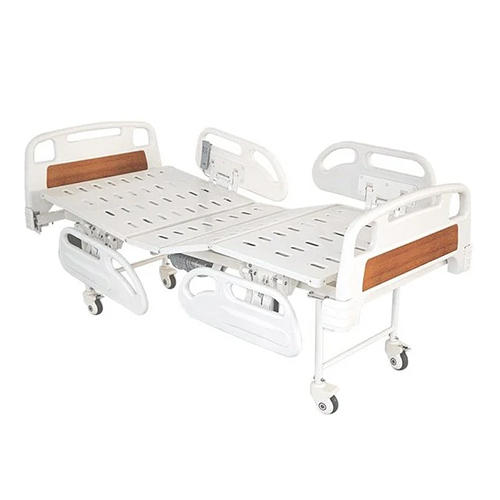

Price:
- 50
- 100
- 200
- 250
- 500
- 1000+
More Products in Hospital Furniture Category
Mild Steel Physiotherapy Suspension Bed
Price 18000 INR / Unit
Minimum Order Quantity : 1 Number
Feature : Corrosion Resistance
Material : Mild Steel
Maximum Loading : 150 Kilograms (kg)
Regional Style : Indian Style
Motorized Till Table
Price 30000.0 INR
Minimum Order Quantity : 1 Piece
Feature : UV Resistant, Water Resistance, Durable, Adjustable Height, Casters With Brake, Foldable Rails, EcoFriendly
Material : mildsteel
Maximum Loading : 200 Kilograms (kg)
Regional Style : Indian Style
Examination Wooden Hospital Couch
Price 7500.0 INR / Piece
Minimum Order Quantity : 1 Piece
Feature : High quality
Material : Mild Steel
Regional Style : Indian Style
Pediatric CP Walker
Price 6000 INR / Piece
Minimum Order Quantity : 10 Pieces
Feature : Adjustable Height, EcoFriendly
Material : Fiber and Steel
Maximum Loading : 150 Kilograms (kg)
Regional Style : Indian Style
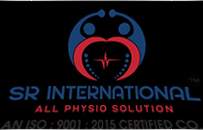

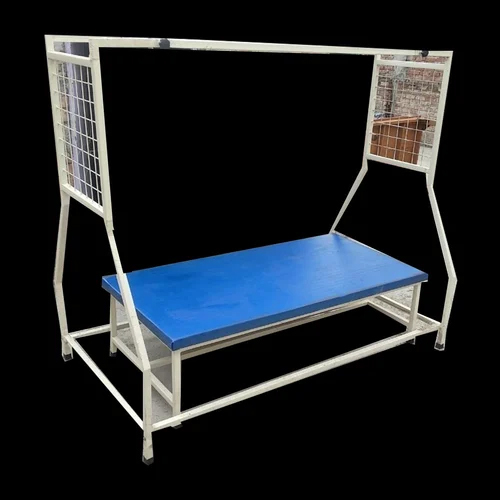
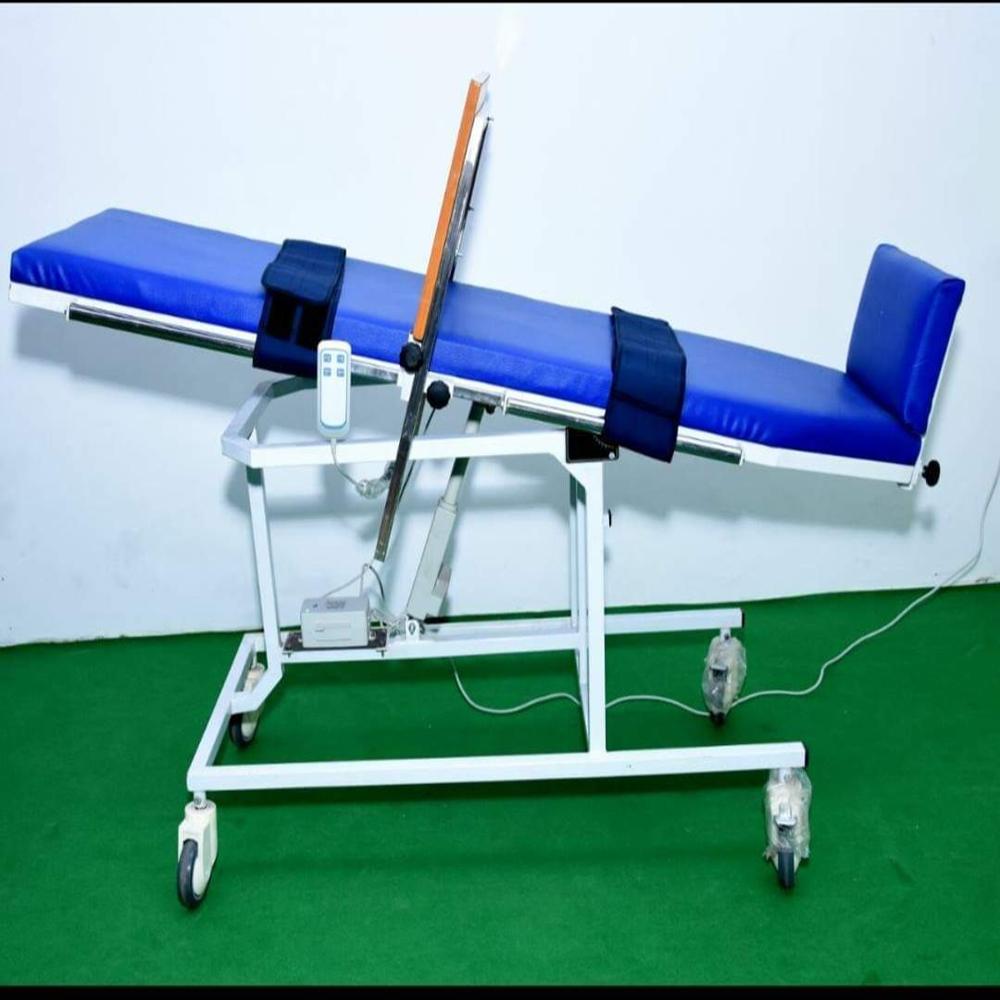

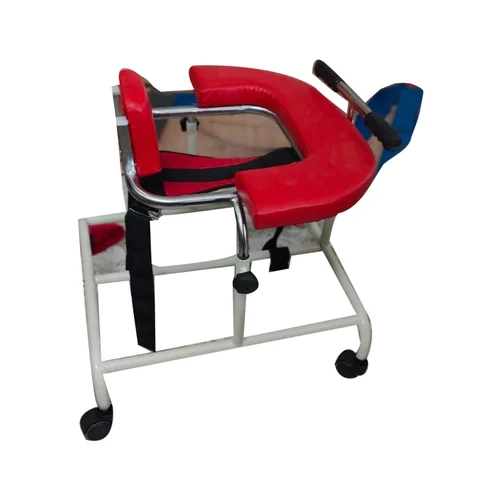


 Send Inquiry
Send Inquiry Send SMS
Send SMS